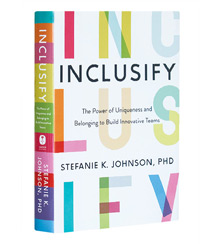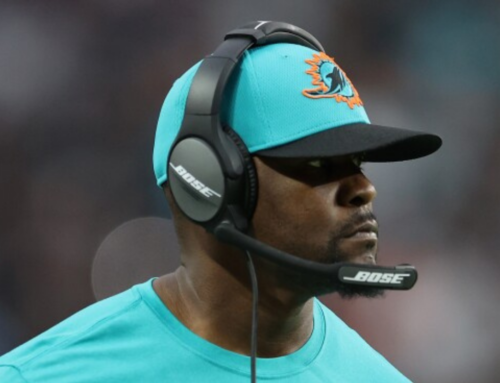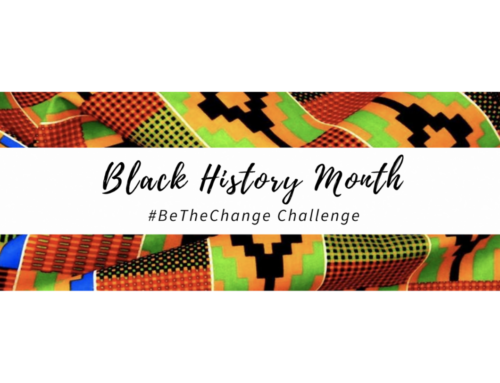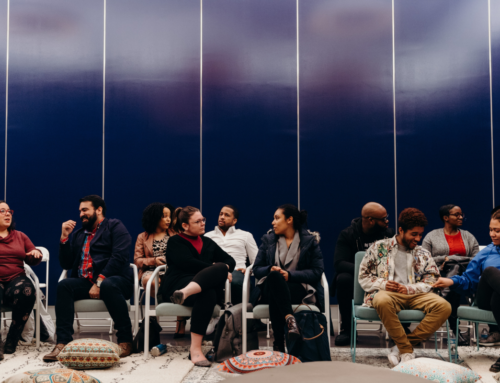The year 2020 turned out to be a watershed in leadership, as many executives were suddenly challenged to rethink their business, their future, their people, and their place in the world. The aftermath of the year’s disruptions and the lessons that have been jarringly forced upon leaders will continue to influence how organizations are led for decades to come.
One theme emerging from the crisis has been an erosion between what is public and what is private, between what is properly the concern of the social sector and what responsibility is held by business. A second and related theme is the recognition among the most perceptive leaders that injustice cannot be effectively addressed without their active learning and participation.
The Quest for Inclusion
Diversity is not a “goal,” as many organizations would have it. Rather, it is simply the nature of the global talent pool. Inclusion is the means by which this diverse pool is effectively engaged. The organizations most likely to reap benefits from their workforce are those in which inclusive practices become the norm.
 In Inclusify: The Power of Uniqueness and Belonging to Build Innovative Teams, Stefanie K. Johnson takes on the tough task of identifying the chief behavior patterns that undermine well-intentioned efforts to create inclusive cultures. Because her descriptions are detailed, specific, and illustrated with stories drawn from real life, the book should serve as an invaluable resource for leaders seeking to instill inclusive practices throughout their organizations by encouraging behavioral self-awareness.
In Inclusify: The Power of Uniqueness and Belonging to Build Innovative Teams, Stefanie K. Johnson takes on the tough task of identifying the chief behavior patterns that undermine well-intentioned efforts to create inclusive cultures. Because her descriptions are detailed, specific, and illustrated with stories drawn from real life, the book should serve as an invaluable resource for leaders seeking to instill inclusive practices throughout their organizations by encouraging behavioral self-awareness.
Johnson notes that the chief challenge of inclusion lies in balancing the natural tension between two deeply felt human needs: the need to feel authentic and the need to belong. Inclusion efforts fail when they do not reconcile this tension, either by sending the message that people need to conform in order to be recognized as part of the team, or by failing to make people with outside-the-mainstream biographies or unorthodox qualifications feel as if they belong.
Johnson wisely observes that most people in most organizations do not experience inclusion as a result of a stated commitment from senior leadership. They experience it — or don’t — in the actions of their supervisor, their immediate manager, or their team leader.
This point is vital and often missed. Perhaps the most common reason inclusion efforts fail is that they put insufficient focus on engaging midlevel managers, who may mouth CEO commitment statements but then frustrate them with behaviors that contradict the official message. As Johnson points out, even in organizations in which the CEO has made inclusion a benchmark of success, fewer than 40 percent of employees believe their direct managers share this value. “Inclusifyers,” in Johnson’s description, are people at every level who are skilled at productively engaging diverse teams.
The heart of her book is devoted to examining the myths and mistakes that derail leaders’ efforts to create inclusive cultures. Johnson’s analysis identifies archetypes and then draws on real-life stories to illustrate the pitfalls of each. Archetypes include the Meritocracy Manager, who assumes that the best credentials always predict the highest performance; the Culture Crusader, who overvalues team homogeneity; the Team Player, usually a woman or person of color who has worked hard to assimilate and is reluctant to identify with others in his or her group; the White Knight, who holds women or people of color to a different standard in the belief that doing so will help them; the Shepherd, usually a woman or person of color who offers only in-group support and stereotypes those assumed to be more privileged; and the Optimist, who believes that gender or racial divisions tend to get better over time and so supports the status quo through inertia.
As this brief listing makes clear, non-inclusive behaviors and attitudes appear in groups beyond white males. Anyone can make assumptions that undermine their ability to demonstrate inclusion. I would bet that virtually all readers will see some aspect of themselves reflected in the detailed descriptions Johnson provides. But Inclusify does not simply chronicle the kinds of behavior that derail inclusion efforts. It also examines and recommends specific inclusifying actions that individuals and organizations can undertake to rectify damage that may already have been done. Meritocracy Managers can be more specific in describing what they hire for (international experience rather than “the best person”); Culture Crusaders can expand the range of bonding activities instead of remaining wedded to those that send an exclusively in-group message; White Knights can seek out reciprocal mentoring.
Though the categorizations set forth in this book can at times feel like unnecessary typology, Johnson’s work offers an unprecedented range of tools for leaders intent on building inclusive cultures. Inclusify is also enriched by revelations and observations drawn from Johnson’s own journey from humble beginnings as a self-described “poor Mexican-American child” to the heights of academic achievement. She is particularly good at describing how her own assumptions about the objective nature of meritocracy have been challenged by both her research and her experiences.











Leave A Comment